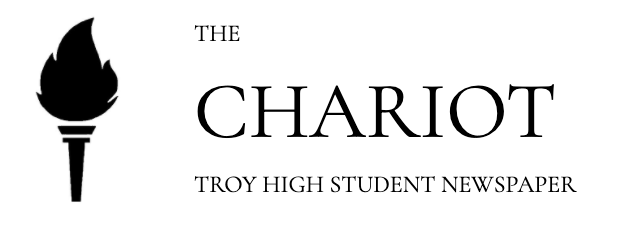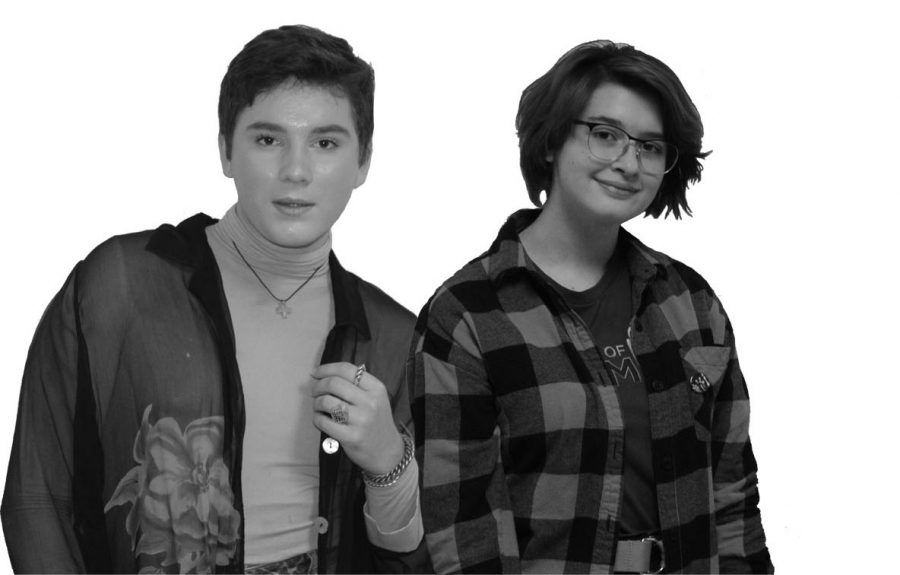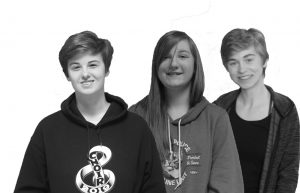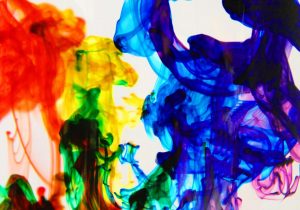In The Media
In recent years, LGBT representation in the media has been found few and far between. While there is some inclusion in TV, movies and books, most are minor roles and are meaningless to the story line. Many viewers believe characters are often treated poorly, portrayed incorrectly or end in a tragic way. On the other hand, there are some shows and movies that portray the community well and fairly.
“Orange is the New Black,” a Netflix drama, is an example of positive representation of members of the LGBT community in the media. The show is about a women’s minimum security correctional facility. Many of the characters are members of the LGBT community, and the show displays real life scenarios without romanticizing or overly sexualizing the content.
“The Fosters,” a television show on ABC Family that aired for five years and ended in 2018, shows LGBT relationships in a pretty positive light as well. The show consists of two mothers raising a family together. Their daughter, Callie Jacob, dates a trans man named Aaron, whose gender identity isn’t brought up unless absolutely necessary.
One international show that depicts LGBT experiences is the Norwegian Web series “Skam,” which has now been adapted all around the world. The series shows all types of issues that teens face; this includes coming out to friends and families. In the original series, characters Isak Vlaterson and Even Bech Næsheim are two teenagers who are both struggling with their sexuality in their own way. With the third season revolving mostly around Isak, the viewer gets an inside look into the extremely realistic life of a teenage boy trying to accept himself.
Many shows have influenced LGBT viewers and included LGBT characters of their own, but many of them have been treated unfairly. Originally a book by Kass Morgan, the TV series “The 100,” which airs on The CW, formerly treated their LGBT characters poorly. Alycia Debnam-Carey’s gay character Commander Lexa was killed off at the end of season three. Backlash from viewers on social media led to an apology from one of the producers, Javier Grillo-Marxuach, at the San Diego Comic Con 2016.
“There is something called the lesbian death trope which has deep roots in homophobia,” Grillo-Marxuach said. “Whether we intended to or not, we played into it. Now we are looking at a community which is mobilized and using social media very productively to move forward an agenda that is saying we do not want to see this anymore.”
Sometimes viewers will see the community being used to keep or increase TV and movie views. Media such as “Riverdale,” a teen drama on The CW, and Star Wars: The Rise of Skywalker, the ninth installment in the Star Wars franchise, have been accused by the public of queerbaiting. The term “queerbaiting” is a marketing strategy that companies and creators use to advertise while avoiding same sex relationships in the content. They do this to attract audiences that the show might not normally get.
Not everyone is aware of this happening, but some members of the community can catch even the smallest thing.
“Even if a lot of people don’t notice it, as someone who is part of the community it does stick out,” senior Lexi Novoselsky said. “It could be the smallest thing and I could still notice it.”
Although there is negative representation of the community, there are some positive moves that have been made.
“People are starting to realize that not everyone is the same,” senior Ronnie Roach said. “Not everyone likes the same gender. That needs to be represented in the media just like straight people.”



